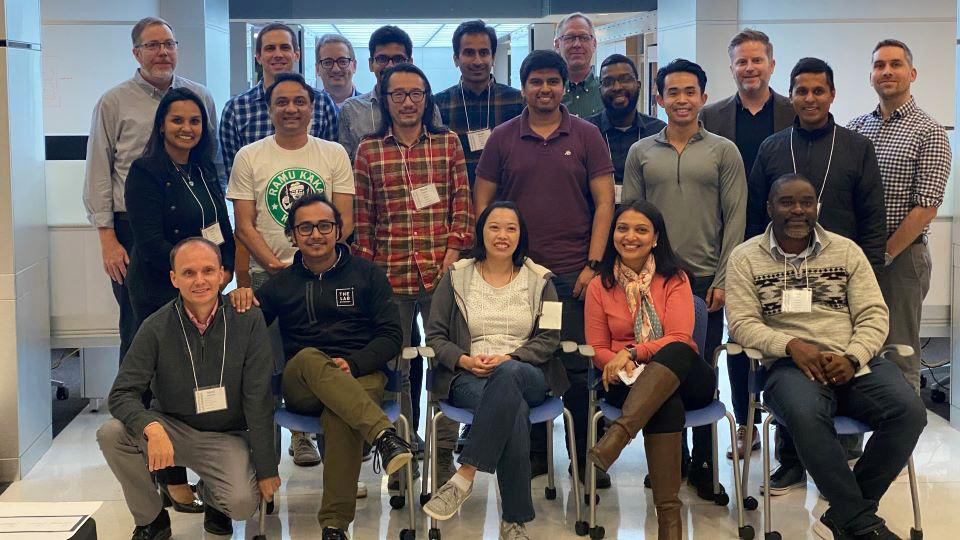Cardiovascular disease — which encompasses many conditions that affect the heart and blood vessels — is the leading cause of death for women in the United States, and studies have shown that women tend to have worse outcomes than men.
Yet awareness is a major issue. The American Heart Association has found that just 56% of women recognize that heart disease is the No. 1 killer. Younger women, Black women, and Hispanic women have even lower levels of awareness.
A by-the-numbers look at heart disease among women
According to the Centers for Disease Control and Prevention (CDC), heart disease can affect women at any age. In 2020, 314,186 women died from heart disease — about 20% of total deaths among women. While the death rate from cardiovascular disease in the United States has fallen in the past several decades, the decrease has been lower for women than for men, and lower for Black women than for white women.
An analysis of Evernorth’s pharmacy and medical claims data for 2.7 million women found that almost 17% had been diagnosed with a cardiovascular diagnosis such as pulmonary, hypertensive, or rheumatic heart disease in the period from 2017 to 2021. Black and African American women had the highest prevalence of cardiovascular disease (22.7%), compared to white (18.9%), Hispanic (14.6%), and Asian American (12.0%) women.
Women living in communities with higher social determinants of health needs had the highest prevalence of cardiovascular disease: 20.4% in 2021 compared to a prevalence of 17.1% in communities with the lowest needs. Specifically, food and housing insecurity is associated with a greater than 50% increase in the odds of having heart disease, while health care access hardship is associated with a 47% increase in those odds. Women, older patients, and people from communities with higher social needs also have a higher average number of other medical conditions (comorbidities) in addition to cardiovascular disease.
“It is increasingly important to build awareness among women, particularly those in vulnerable communities, around the risks of heart disease,” said Urvashi Patel, vice president of the Evernorth Research Institute.
The importance of driving heart disease awareness
Raising awareness about the unique symptoms and risk factors for cardiovascular disease in women is crucial. For example, 23% of women report atypical symptoms of heart attack, including burning or stabbing pain, heartburn, back pain, and breathlessness.
“It’s important that more women know that unhealthy behaviors such as smoking, physical inactivity, and poor diet can put them at risk,” Patel said. “It is also important for them to have risk-related conversations with health providers and to learn as much as they can about the symptoms of cardiovascular disease and what treatment can look like for those who are diagnosed.”
Bridging the educational gap in cardiovascular disease
Providing continued education to medical providers about women’s increased risk of heart disease and awareness for women’s cardiovascular disease symptoms through screenings, medication adherence, and healthy lifestyles is paramount.
Research suggests that risk conversations between younger women and their medical providers have been lacking. This also may explain why awareness is down among younger women. Additionally, the fact that a large population of women in the United States doesn’t have a primary care physician contributes to this lack of awareness across all age groups of women. Data from the Kaiser Family Foundation shows that among U.S. adult women, 23% of Hispanics, 15% of Asian Americans, Native Hawaiians, and Pacific Islanders, 14% of American Indians/Alaska Natives, 9% of Blacks, and 8% of whites lack a personal doctor or other health care provider.
“Identifying ways to address the underlying social determinants of health that contribute to these disparities, such as poverty and lack of access to health care, is going to be key in closing these gaps in care," Patel said.



